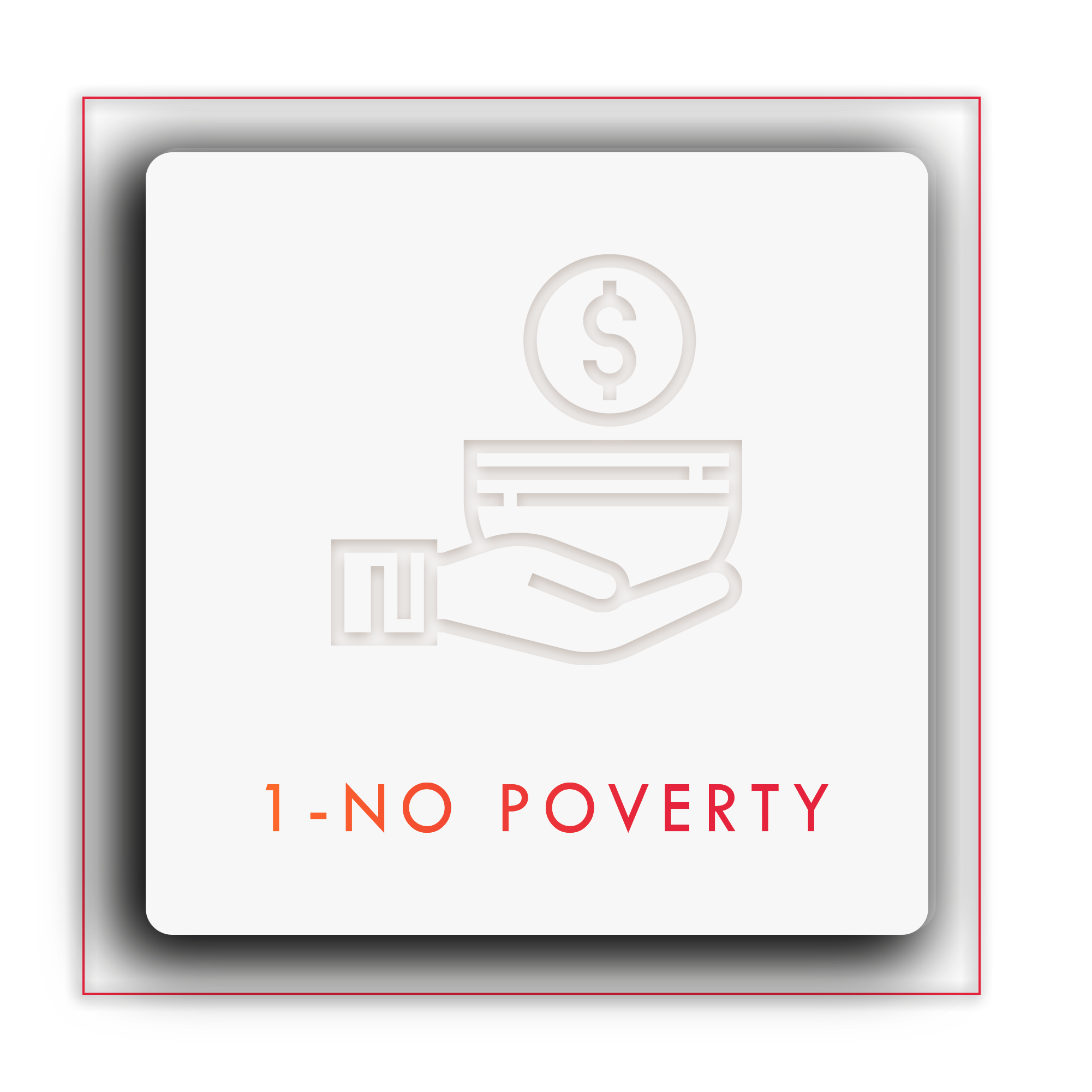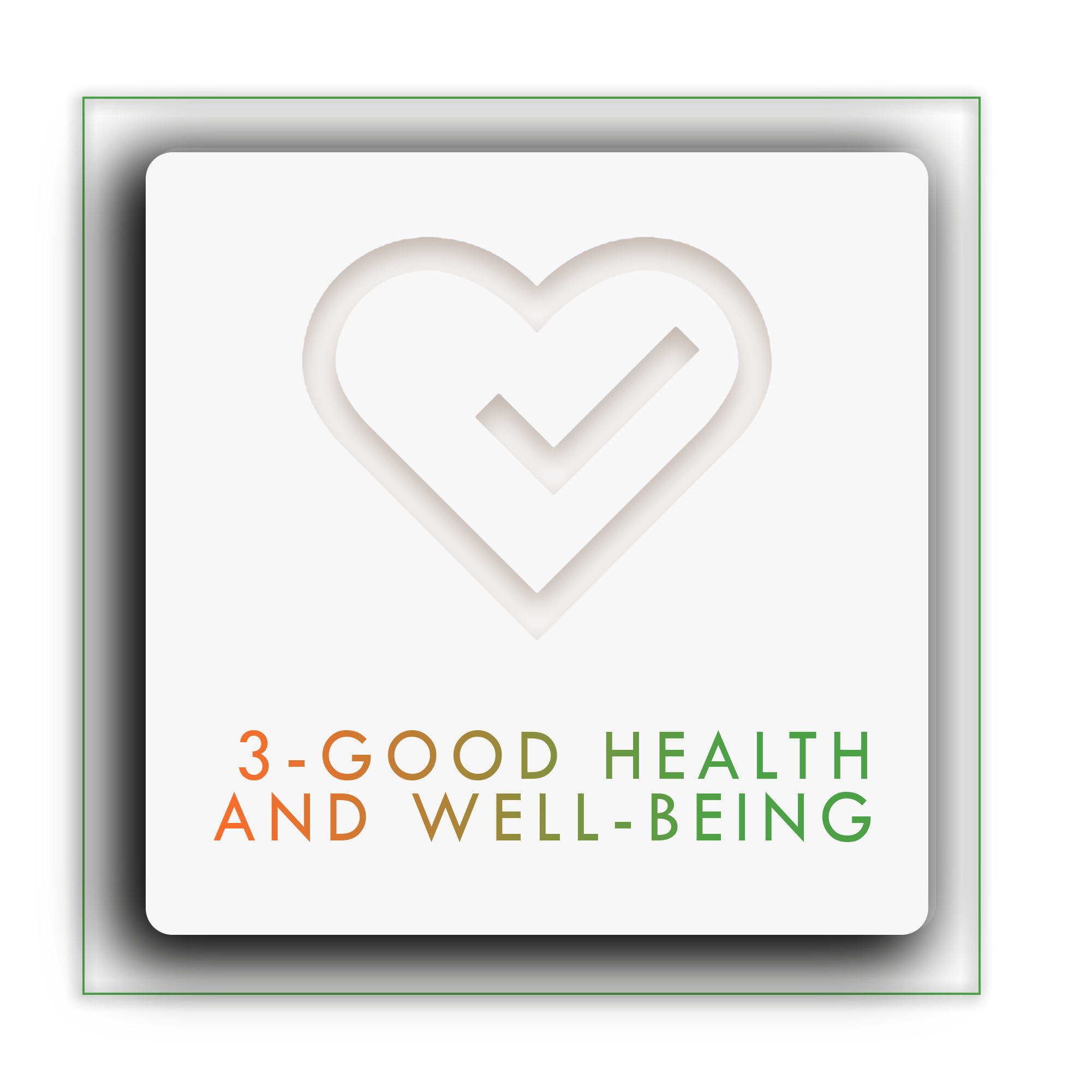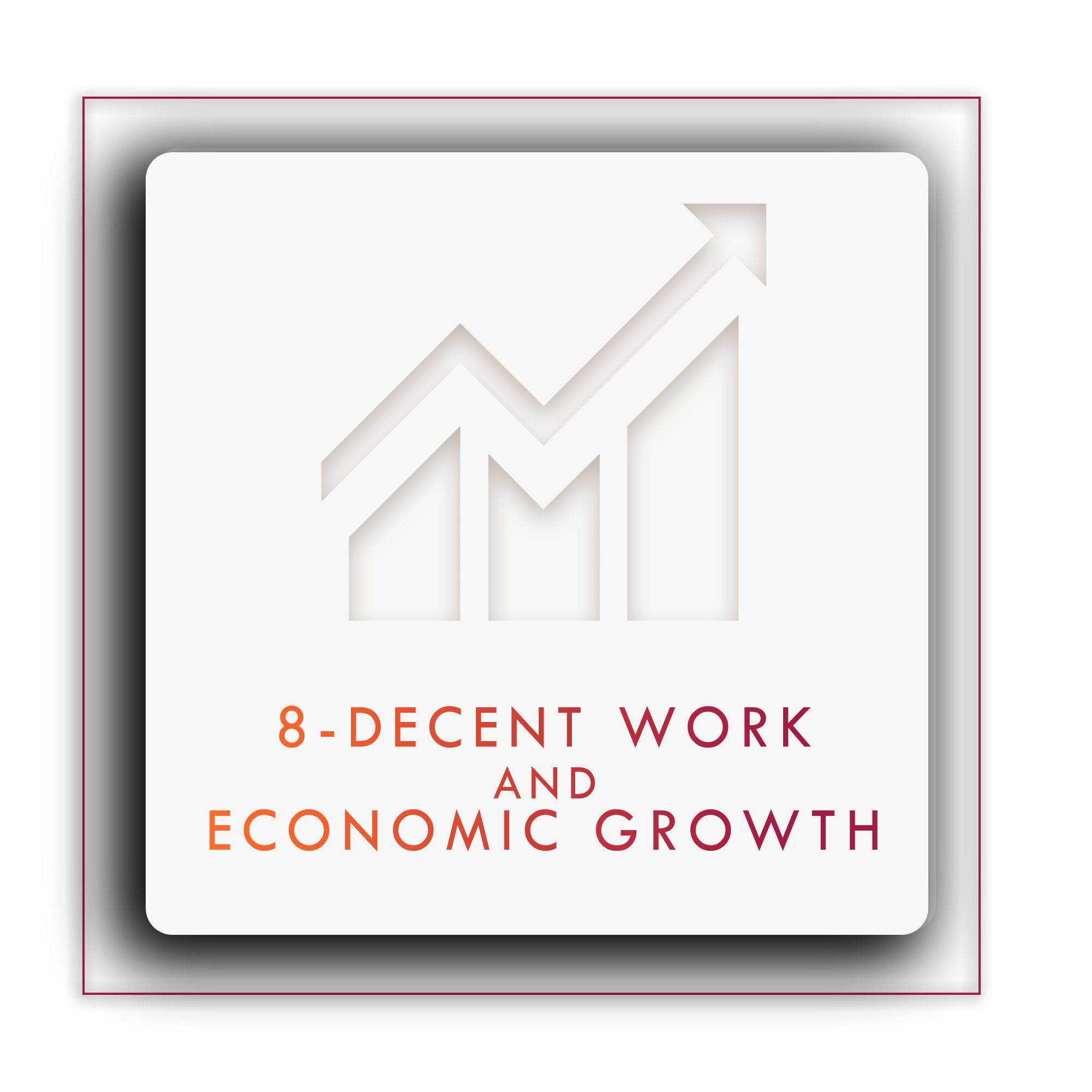Mapping Risks of COVID-19 Within a City Using Synthetic Modelling
Risk involves uncertainty around the consequences of an activity. Some risks are known, while others are unknown. De-risking involves ways of incorporating and calculating more dimensions of risk to reduce levels of uncertainty while characterizing the consequences of what remains unknown.
Mapping Risks of COVID-19 Within a City Using Synthetic Modelling
COVID19 exposed the limitations of our understanding using current methods of calculating risk. Everything was unprecedented. Economies changed, data wasn’t available fast enough, supply chains were disrupted, the future was unknown, people were ill and dying, healthcare systems were stressed, confusing and conflicting information was everywhere, trust was diminishing and socioeconomic and health inequalities were growing. Decisions had to be made anyway. Data-based decisions kept us looking backwards for historical data points as the future kept coming.
Just as we approach other systems of systems, RWI Synthetics is looking to provide answers to the risks, complexities, and unknowns of futures that the pandemic exposed. We began to use our Synthetic Models to evaluate healthcare infrastructure demands and resource allocation within a population, unique to geographic location, psychographics and compliance, and population vulnerabilities.
From each unique Single Synthetic Environment (SSE), RWI produces comparative analytics. Using Interfaces and visualizations, complex concepts become accessible and relevant for a variety of different stakeholders and decision-makers. One of the various ways we present findings is through Risk Maps.
One particular aspect of RWI’s Risk Maps involves identifying populations more vulnerable to health risks or marginalized due to income or race. Each Synthetic Person, generated in an accurate population for a city or region, is given a personal risk score that highlights their vulnerability to COVID-19 based on an analysis of socioeconomic and occupational factors, health status, and compliance with public health measures. These factors play a unique role in how individuals experience COVID-19. They also impact the larger regional response. Therefore, the higher the resulting score, the higher the risk this person will experience.
How RWI Categorizes Risk within Risk Maps
Health risk
The COVID-19 pandemic has made it quite evident that people who have pre-existing conditions such as heart disease, cancer, and mental illness tend to have worse health outcomes from the virus. Research has also shown that people with consistently lower physical activity levels, smoking, or alcoholism have a relatively higher risk of being hospitalized with COVID19 (3, 4). These various biological risk factors jointly contribute to an overall health risk score which can then be mapped out onto a risk map corresponding to their geographical locations.
Socioeconomic risk
Socioeconomic risk is an estimated cumulative risk that is obtained by exposure to the various social determinants of health. Being a fundamental driving force of health and of contracting COVID-19, social determinants of health are defined as factors beyond an individual's biology and behaviour. They include risk factors such as living conditions, type of employment, and access to high-quality healthcare. They are inextricably linked to race and ethnicity. Certain ethnicities are disproportionately represented among persons with lower income, lower education as well as in essential service jobs, and are consequently at a greater risk of infection. Research has shown that essential workers are 55% more likely to be infected with COVID-19 as compared to non-essential workers (1).
Compliance
Compliance is the adherence to policies set forth by public health authorities including mask mandates, disinfection strategies, and social distancing measures. Despite irrefutable evidence showing the effectiveness of these measures, the degree to which people follow them varies greatly. Compliance among individuals depends mainly on their level of trust in the government and their perceived risk of contracting COVID-19. Trust in the government and healthcare authorities is determined by consistency and transparency of communications, and the perceived fairness of the implemented interventions (2). Our models allow us to incorporate such psychological and behavioural aspects to create more accurate risk scores.
Area risk
Area risk is a comprehensive score that accounts for situational factors such as location and its population density, air quality, mode of transport as well as the presence of the different COVID-19 strains and current vaccination conditions in that area. These risk factors alter the personal risk of an individual on a more dynamic scale and unlike the personal risk scores, these factors are modified by external circumstances.
Mitigation score
Public health measures such as physical distancing, mask mandates and disinfection measures as well as governmental strategies including travel restrictions and lockdowns work towards reducing the overall risk of COVID-19 transmission among the population. In our synthetic modelling environment, we consider how these interventions would impact the risk score of an individual through our mitigation scores model.
Risk mapping will help every community with a critical aspect of trust, the ability to make sense of dynamic and complex decisions in support of current and future public health and safety.
References
RUNWITHIT is actively working to contribute to the United Nations Sustainable Development Goals (SDG’s). This project has contributed to the following SDG’s:





